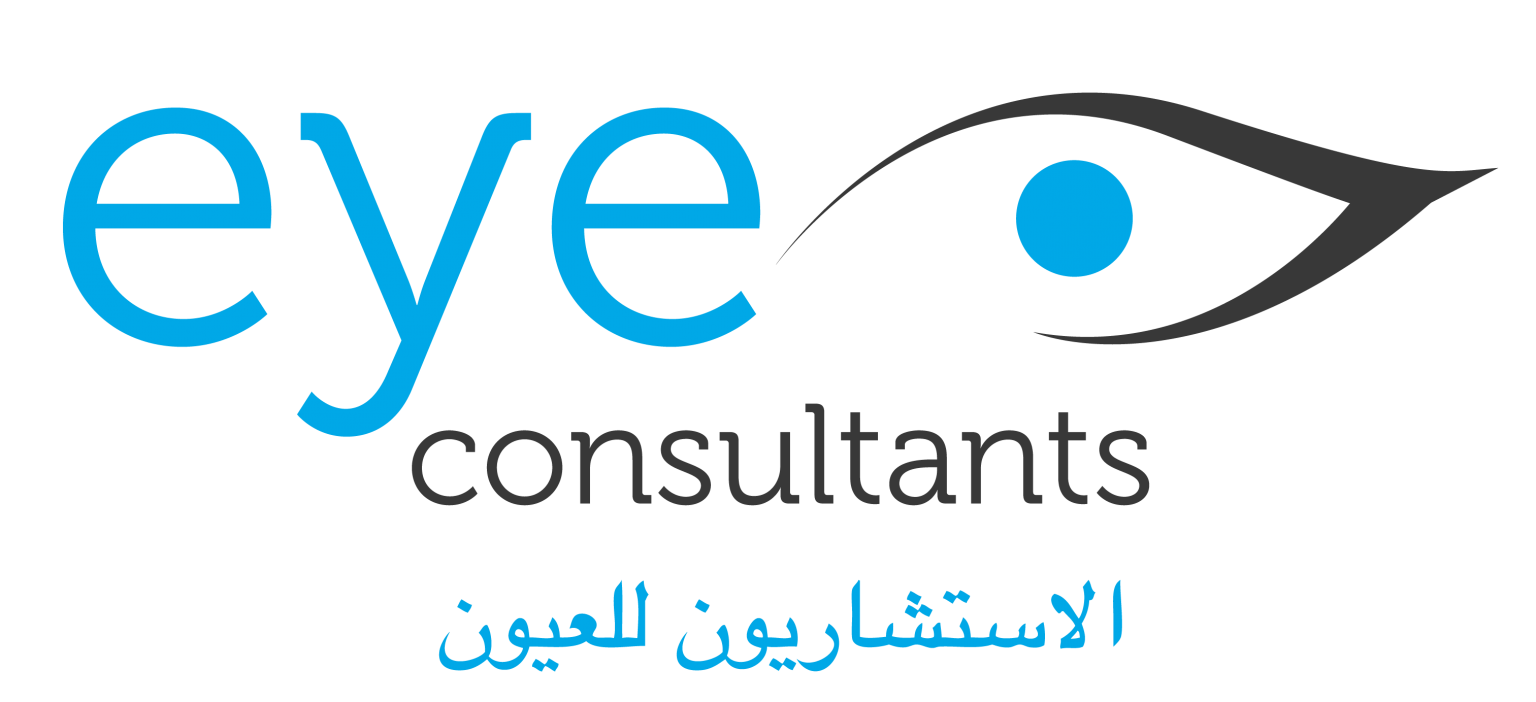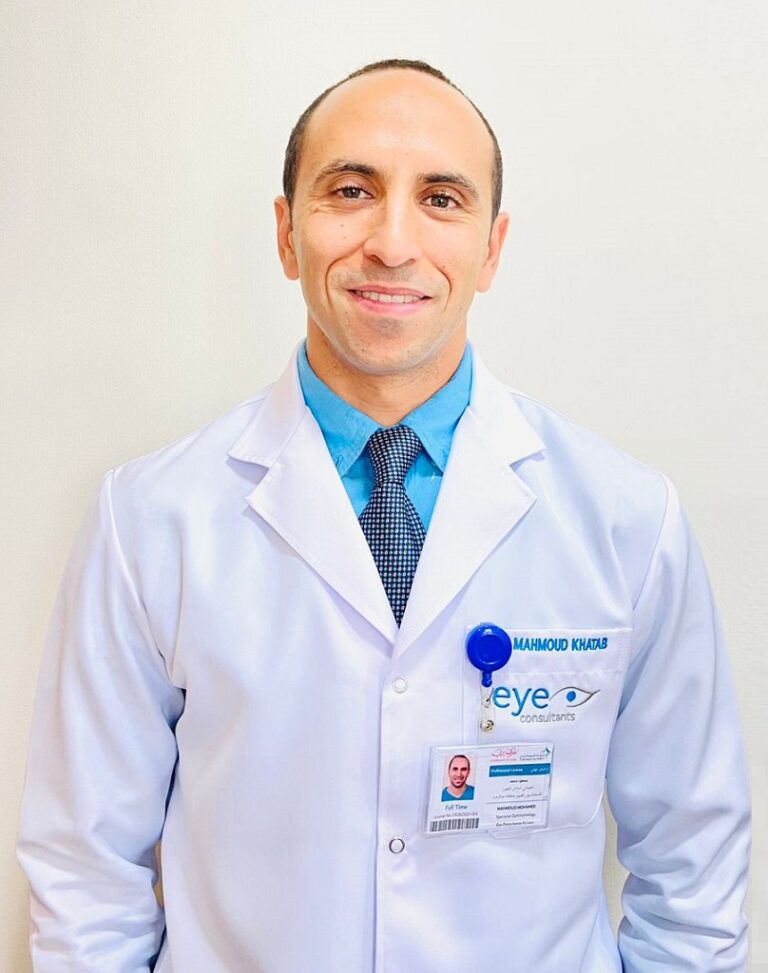Al Razi Bldg No. 64, Block C, 1st Floor, Unit 1017, Healthcare City, Dubai
Visit us
PRK / TransPRK EYE
SURGERY
DUBAI OFFER
For Limited Time Only!
Free Lasik Consultation And Follow Up
- SMILE
- Femto Lasik
- Contoura Vision
- Lasik / Ultralasik
- PRK / TransPRK
- Phakic IOL (ICL)
Pay Later with
Zero Interest

PRK/TRANSPRK
What is PRK?
Surgery on the eye Surface
PRK /LASEK is a popular type of laser eye surgery for the correction of refractive errors such as myopia (nearsightedness), hyperopia (farsightedness) and astigmatism. Better Vision explains all you need to know about this option.
PRK surgery benefits:
PRK procedure offers some advantages in comparison to other treatment options:
- Increased eligibility: This procedure can also be suitable for thinner corneas. PRK/LASEK only removes the very top outer layer of the eye leaving the maximum amount of remaining tissue for the laser to shape.
- No flap complications: Possibilities of flap-related complications during and after surgery are eliminated with PRK/LASEK, and there is no risk of flap displacement
What is TransPRK?
Transepithelial Photorefractive Keratectomy, or TransPRK is the surface treatment where the eye doesn’t require contact with any surgical instrument. Due to smaller laser surface area, patients who have TransPRK benefit from a quicker recovery time and ultimately achieve outstanding results.
TransPRK is a new one-step, incision-free procedure. Using the laser, the epithelium (the regenerative outer surface of the eye) is gently removed and the cornea precisely reshaped. The procedure enables the contour of the cornea to be reshaped in less than one minute. Unlike LASIK, there is no incision or flap created in the cornea with TransPRK.
Benefits of TransPRK:
- No touch – all laser
- It removes the epithelium more precisely and easily than in PRK
- The corneal surface laser treated is smaller so it heals quicker
- The epithelium and stroma can be treated at the same time and with greater accuracy
- Overall treatment time is shortened than PRK
- It minimizes the risks of corneal dehydration than PRK
Preparing for Surgery
Before and on the day of surgery
Before the surgery patients are usually directed by their doctor to:
- Stop wearing hard contact lenses for at least four weeks and soft lenses for two weeks before surgery, because they may interfere with preoperative diagnostic tests.
- Don’t make-up, perfume or lotion the day before and on the day of the procedure. These products may leave debris around the eye and eyelashes, which increases the chance of infection.
- Arrange for alternative transportation directly after the surgery and possibly for the next few days following surgery.


Real Success Stories
Check if you're insured with us













Our Expert Team
Of Doctors
Consultant Ophthalmologist
Vitreo Retinal & Anterior Segment Surgeon
Consultant Ophthalmologist
Cornea And Refractive Surgeon
Consultant Ophthalmologist
Anterior Segment, Oculoplastic Surgeon & Pediatric Ophthalmology
Consultant Ophthalmologist
Cornea, Refractive And Anterior Segment Surgeon
Consultant Ophthalmologist
Vitreo Retinal Surgeon (Visiting Doctor)
Specialist Ophthalmologist
Head Of Pediatric Ophthalmology & Strabismus Unit
Specialist Ophthalmologist
Oculoplasty And Orbit Surgeon







